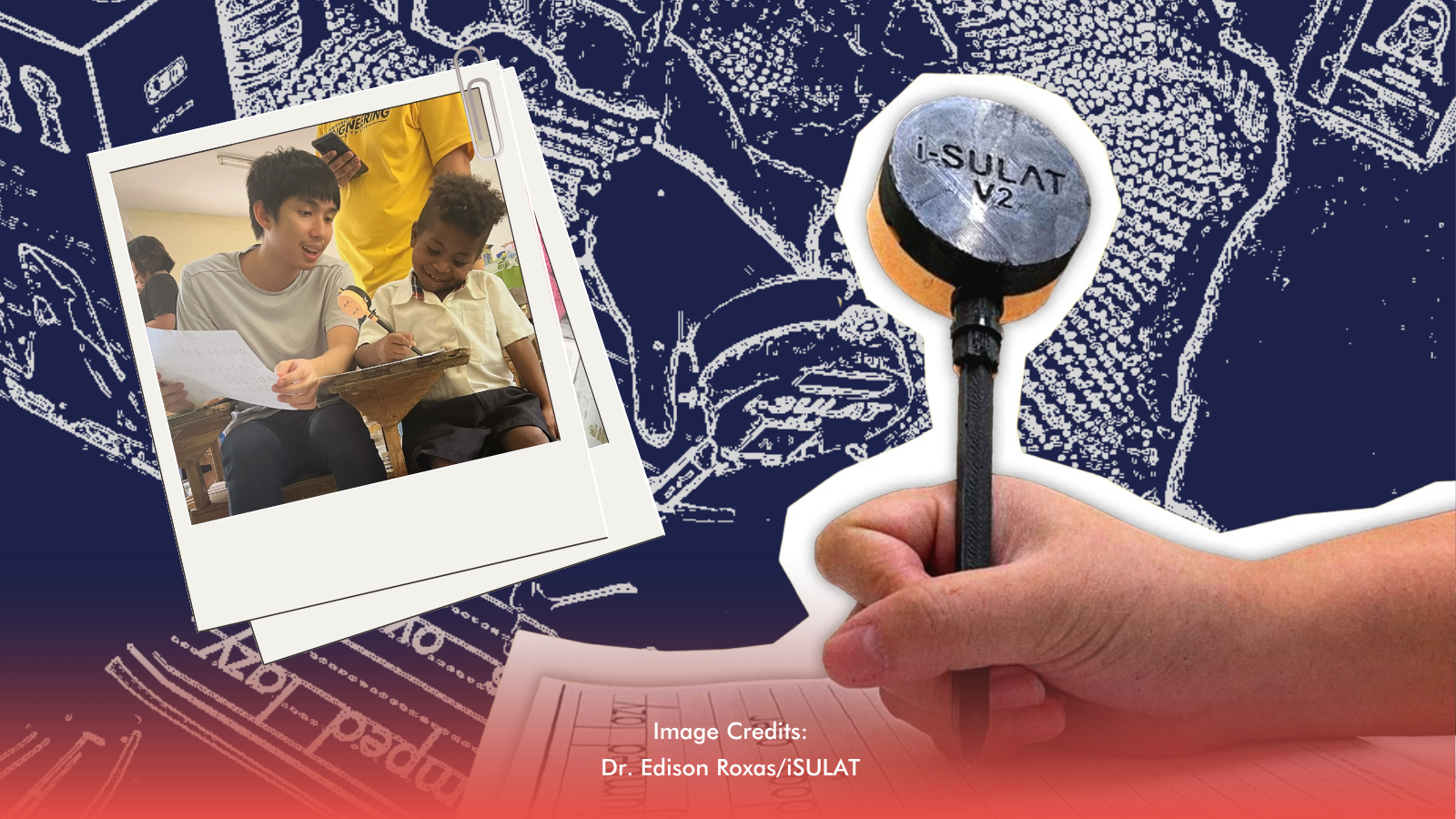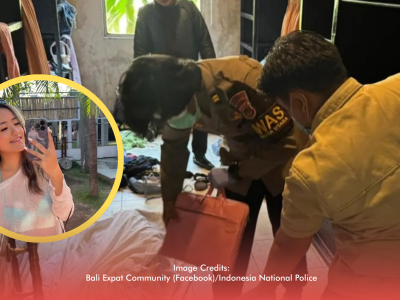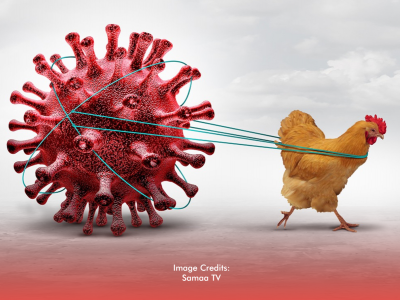A team from the University of Santo Tomas (UST) has developed an AI-powered pen that could help detect early signs of neurodevelopmental disorders in children. Called iSulat, the smart pen is the product of collaboration between UST’s Faculty of Engineering and College of Rehabilitation Sciences.
The pen collects data while a child completes handwriting tasks, analyzing patterns such as pressure, spacing, and rhythm. According to occupational therapy professor Ivan Gomez, these “handwriting features” may reveal developmental concerns linked to conditions like ADHD and autism.
“We’re looking at handwriting as a window into a child’s development,” Gomez said. “Our goal is to catch red flags early so children can receive the help they need as soon as possible.”
Smarter, More Accessible Screening
Traditional handwriting assessments, while effective, are often costly and limited by the availability of specialists. In schools, handwriting is usually checked informally—and results can vary depending on who’s evaluating.
iSulat offers a data-driven alternative. The pen is used alongside validated clinical tools such as the Minnesota Handwriting Assessment and the Evaluation Tool for Children’s Handwriting. These allow the team to compare writing patterns of typically developing children with those who have confirmed diagnoses.
Children with neurodevelopmental conditions often show distinct handwriting challenges—like inconsistent spacing, poor alignment, or unusual pressure on the page. These can signal difficulties with motor planning, attention, and coordination.
One Pen, Big Impact
The iSulat team is currently expanding its database and refining the technology with AI and machine learning. The ultimate goal: deploy the pen in schools, including those in far-flung areas.
“Just one or two pens in a rural school could help screen hundreds of children,” Gomez said. “Early intervention works, and the sooner we can detect risks, the better the outcomes—for learning, behavior, and overall development,” he added.








